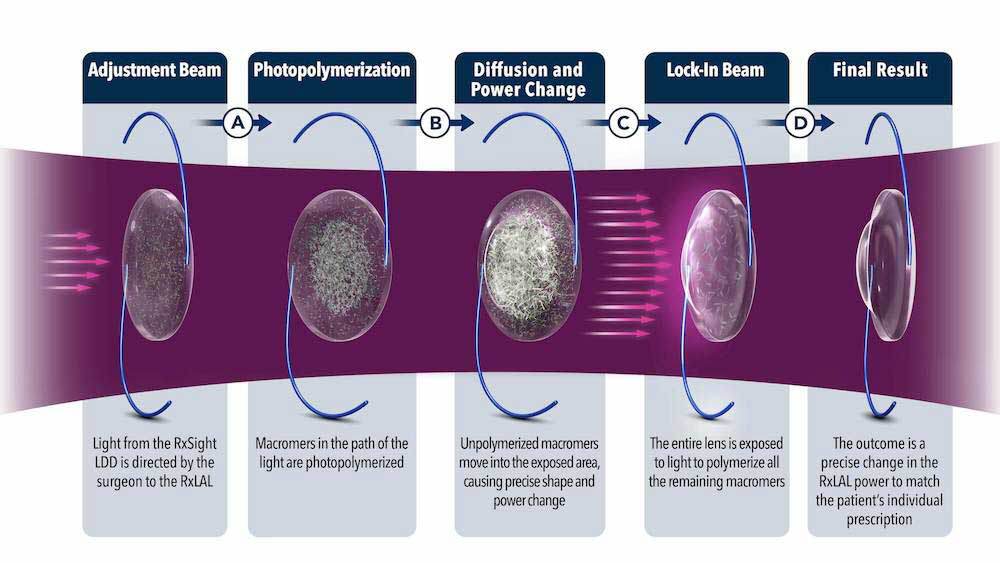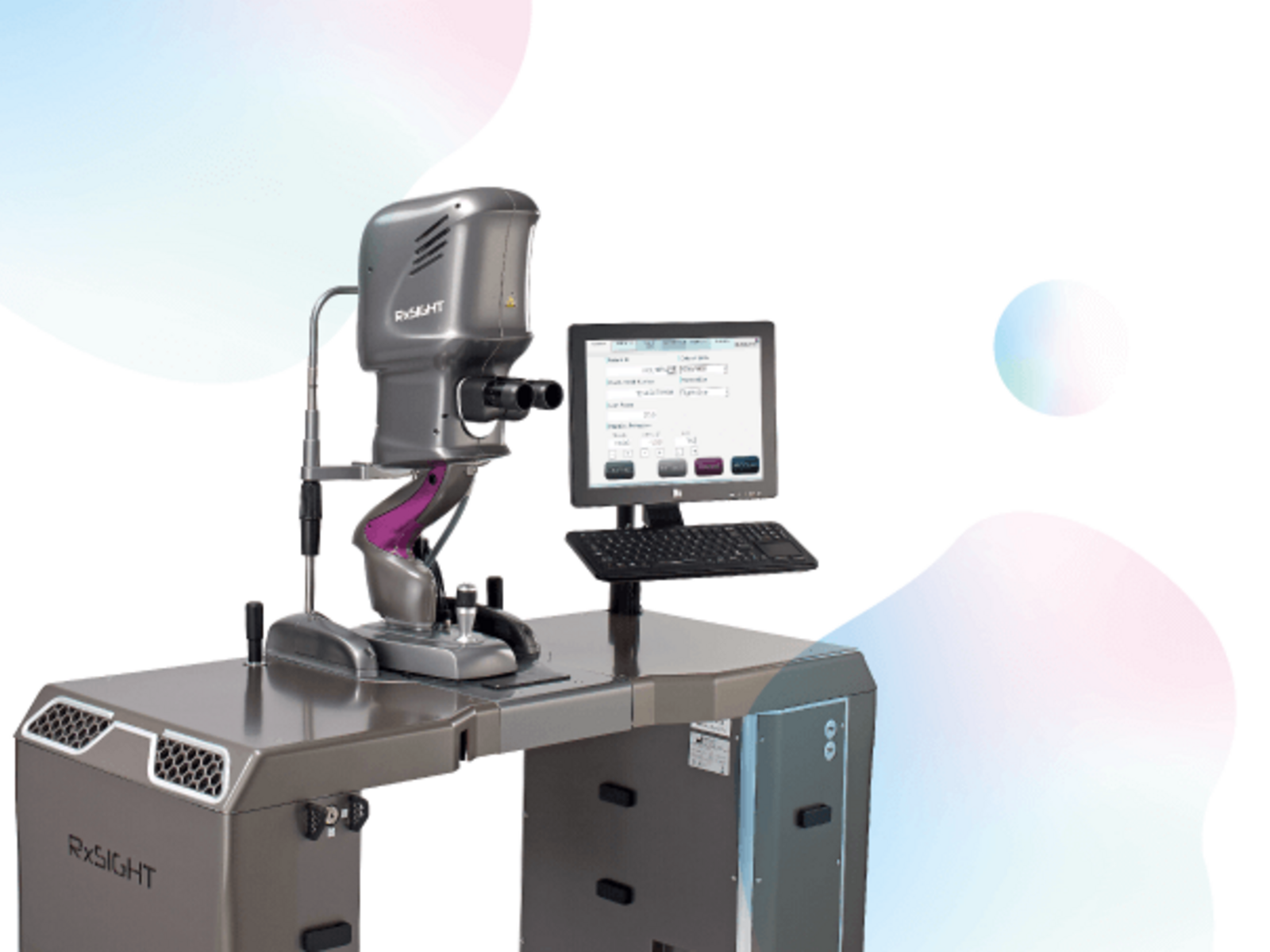Light Adjustable Lens
Author: Hamza Shah, OD, MS

Patient Selection for Light Adjustable Lens (LAL)
Selecting the right patients for Light Adjustable Lenses (LAL) is essential for achieving optimal outcomes. Below are key considerations when determining patient eligibility:
Dilation Requirements
Ideally, patients should achieve a 6mm dilation since the optical edge of the lens is 6mm, and the haptics are located at the 5mm mark.
- Some doctors prefer a 7mm pre-op dilation for better visualization.
Post-Refractive Surgery Patients
Patients who have undergone LASIK, PRK, or RK, and are seeking perfect visual outcomes, even if their measurements aren't ideal, are good candidates for LAL.
- RK Patients: While LAL can resolve spherical and cylindrical refractive errors, it will not correct higher-order aberrations or visual fluctuations often experienced by RK patients.
Monovision Patients
LAL can be an excellent choice for monovision patients. However, it’s important to note that this may be better suited for patients with “particular” or exacting personalities who are highly invested in precise visual outcomes.
Light Adjustable Lens (LAL) Contraindications
When considering the use of Light Adjustable Lenses (LAL), certain factors can make a patient unsuitable for this treatment. Below are key contraindications to be aware of:
Medications that Increase UV Sensitivity
Certain drugs may enhance the eye’s sensitivity to UV light, which is a crucial component of LAL adjustments. These medications include, but are not limited to:
- Tetracycline
- Doxycycline
- Psoralens
- Amiodarone
- Phenothiazines
- Chloroquine
- Hydrochlorothiazide
- Hypericin
- Ketoprofen
- Piroxicam
- Lomefloxacin
- Methoxsalen
Systemic Medications Toxic to the Retina
Patients on systemic medications known to cause retinal toxicity, such as tamoxifen, should be carefully evaluated before LAL implantation.
History of Ocular Herpes Simplex Virus (HSV)
UV light can potentially reactivate dormant HSV infections in the eye, increasing the risk for complications. Patients with a history of ocular herpes simplex are not ideal candidates for LAL.
Inability to Fixate
Patients who cannot maintain a stable gaze, such as those with nystagmus, may struggle with the precise alignment required during postoperative UV light adjustments.
Noncompliance with Postoperative Regimen
The success of LAL depends on the patient’s adherence to the postoperative treatment plan, which includes multiple UV light adjustments and protective eyewear. Patients who are unwilling or unable to comply with this regimen are not suitable candidates for the procedure.
The Light Adjustable Lens Timeline
Preop
Pre-surgery Evaluation
Cataract Surgery
Surgical Procedure
1 Day Post Op
Initial Follow-up
1-2 Weeks Post Op
17 Days Later (after second eye)
1st LLD Adjustment
First Lens Adjustment
*2nd LLD Adjustment (3 Days Later)
Second Lens Adjustment
*3rd LLD Adjustment (3 Days Later)
Third Lens Adjustment
1st Lock-in (3 Days Later)
First Lock-in
2nd Lock-in (3 Days Later)
Final Lock-in
Treatment Ranges for Light Adjustable Lens (LAL)
Below are the treatment ranges available for Light Adjustable Lens (LAL) procedures:
Treatment Ranges
- Sph: +2.00 → -2.00
- Cyl: -0.50 → -3.00
- Axis: Any
Total Recommended Treatment
Total treatment includes 4D steepening and 3.2D flattening.

Final Thoughts
In an FDA study, patients who received LAL were 2x as likely to have 20/20 vision at the 6-month mark compared to patients who got monofocal implants.
This is a silicone lens, so the PCO incidence in these patients will be higher.
Generally, patients are fully treated within 4 weeks of the 1st LAL treatment.

